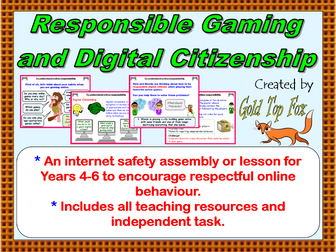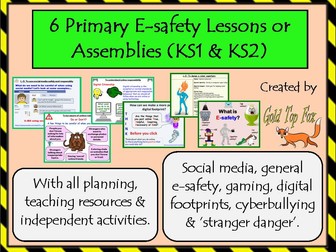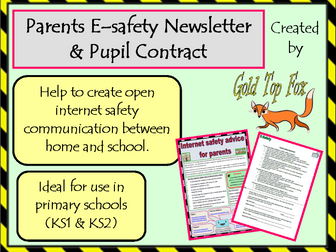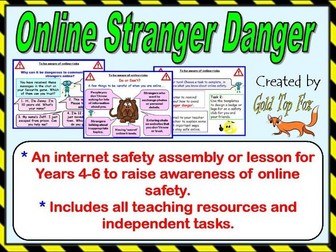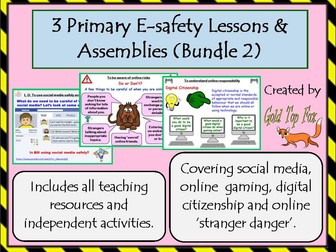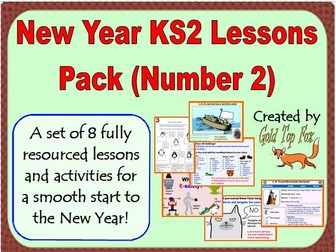Social Media Lesson (Primary Internet Safety)
<p>This is an E-safety lesson, which focuses on responsible use of social media and the importance of good digital citizenship. Children can discuss the concept of social media, identifying areas for caution, before creating an online profile for a famous celebrity.</p>
<p>The lesson is most suitable for upper Key Stage 2 and it is fully resourced with planning and differentiated writing templates. It is an ideal resource for Safer Internet Day.</p>
<p>Includes:<br />
*Teaching PowerPoint<br />
*Full lesson planning, linked to UK computing curriculum<br />
*Writing template sheets (differentiated)</p>
<p>This resource supports the following objectives from the UK computer science curriculum:<br />
KS1: ‘Use technology safely and respectfully, keeping personal information private; identify where to go for help and support when they have concerns about content or contact on the internet or other online technologies.’</p>
<p>KS2: ‘Use technology safely, respectfully and responsibly; recognise acceptable/unacceptable behaviour; identify a range of ways to report concerns about content and contact.’</p>
<p>Please see the Goldtopfox shop for more useful teaching resources:<br />
<a href="https://www.tes.com/teaching-resources/shop/goldtopfox">https://www.tes.com/teaching-resources/shop/goldtopfox</a></p>
